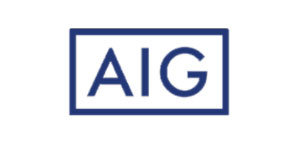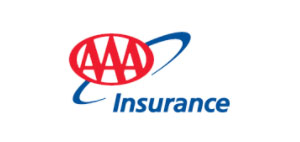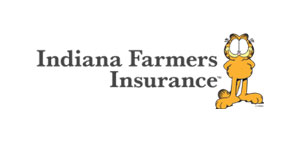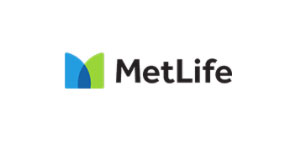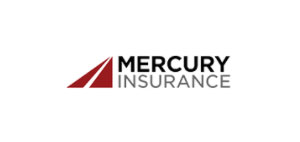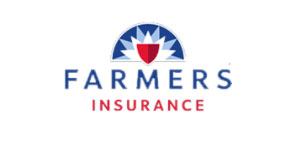Did you know over 14,000 people in the U.S. face water damage emergencies daily? This shows how common and serious it can be. Bad water damage harms buildings and health. It comes from floods, burst pipes, or dirty water from sewage.
Water damage is split into three types: Clean Water, Grey Water, and Black Water. Each has its own risk level. Clean Water, from rain or broken appliances, is less risky but can damage buildings. Grey Water, with chemicals and biological matter, can make people sick. Black Water, from sewage, is the most dangerous.
Spotting bad water damage early can stop small problems from getting worse. Look for mold, damaged materials, and bad smells. If ignored, these can weaken buildings and harm health.
Key Takeaways:
- Over 14,000 people in the U.S. experience water damage emergencies daily.
- Bad water damage significantly impacts structural integrity and health safety.
- Water damage is categorized into three types: Clean Water, Grey Water, and Black Water.
- Category 1 involves clean water from non-harmful sources like broken appliance lines.
- Category 2 contains moderate contamination, often from sources like washing machine discharge.
- Category 3 is highly unsanitary, containing harmful pathogens from sources like sewage.
- Identifying signs of bad water damage early can prevent severe structural and health risks.
Types of Water Damage
It’s important to know the different types of water damage. This knowledge helps in fixing and preventing damage. Water damage is usually divided into three types, based on how contaminated it is and the health risks it poses.
Category 1: Clean Water
Category 1 water comes from clean sources and is not very risky if fixed quickly. It can come from rain, melting ice, or broken water lines from appliances. It’s key to act fast, usually within 48 hours, to stop it from getting worse.
Category 2: Grey Water
Category 2 water is more contaminated than clean water and can make you sick. It often comes from dishwashers or washing machines, carrying harmful chemicals and germs. It’s vital to fix category 2 damage fast to avoid worse health problems and more damage.
Category 3: Black Water
Category 3 water is very dirty and can be very dangerous. It has harmful germs, bacteria, and other bad stuff. This damage usually comes from sewage, river flooding, or water that stays for a long time. Quick and complete fixing by experts is needed to keep people safe and prevent big damage.
Recognizing Significant Water Damage
It’s important for homeowners to spot water damage early. This helps avoid bigger problems and health risks. Knowing the signs and how to diagnose them is key.
Warning Signs of Water Damage
Spotting water damage early can save money. Look out for:
- Bubbling or flaking paint
- Dark or yellowish stains on walls and ceilings
- Unusual musty odors
- Mold, often at corners where walls and ceilings meet
Mold can grow fast after water damage. This means you need to act quickly. Don’t ignore these signs, as they can lead to bigger issues.
Severe Water Damage Indicators
Severe water damage shows up in more obvious ways. It can harm your home’s structure. Look for:
- Structural sagging
- Significant mold growth
- Extensive water stains, often with softened drywall
Other signs include a spongey feel and warped materials. A musty smell means the damage is older. Quick action is needed to stop it from getting worse.
Diagnosing Severe Water Damage
Figuring out the extent of water damage takes careful steps. Key steps include:
- Checking for softened structural components such as beams and walls
- Identifying the source of leaks
- Assessing the spread of moisture using professional equipment
Correct diagnosis helps decide how to fix the damage. The damage’s extent depends on the home’s age and the water amount. Quick and accurate diagnosis is vital to avoid health risks and more damage.
Conclusion
Knowing about water damage types, signs, and how to diagnose them is key. Signs like warped floors, discolored walls, and musty smells mean you need to act fast. Spotting these signs early can stop serious damage and health problems.
Acting quickly not only saves your property’s value but also keeps it safe and strong. Working with experts is important. They know how to fix water damage right, following strict standards.
Being proactive about water damage can really help. Every day, 14,000 homes face water damage, but most of it can be avoided. Regular checks, quick action, and professional water damage restoration help are essential to protect your home and health from water damage.




